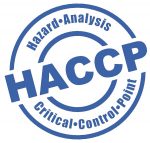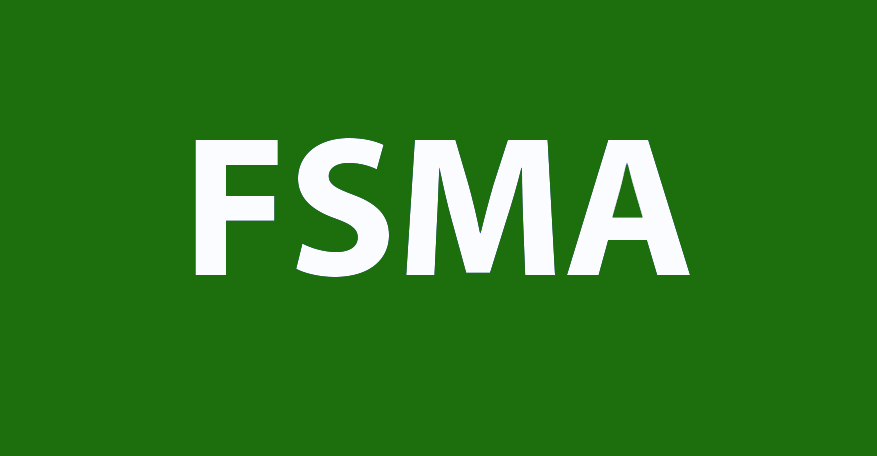It is one week before your scheduled audit. Are you running around from department to department crossing the T’s and dotting the I’s, or are you cool, calm and collected, as it is just another audit? More than likely you have been in both cases, but how does one finally get to the collected stage? It is not about being nervous—even as a lead auditor I get nervous (I am human, too)— it is about being ready!
Believe it or not, I can generally gage if the audit is going to flow well within the first hour of arrival. My questions from audit to audit of course change, but overall, I am asking for the same materials and results. If the team is getting baffled by questions in the beginning stages of the audit, I know I am in for a long ride. Why does this happen? If the situation has gone down hill rather quickly, I find that whomever at the plant is responsible for the implementation of the audit standard, has never taken the time to read or review it. That, my friends, is one of the most critical mistakes you can make. I know these standards are not world-class bestselling books that you are dying to binge read by the fireplace with a glass of wine—if this was your view, you would be an auditor already. HA! The standards are not always black and white as far as requirements, but just taking the time to read the standard will enhance your understanding of where the auditor is coming from.
Now you have read the standard, you understand it and are comfortable. You have a 200,000 square-foot facility, 200 employees and four different HACCP plans to watch over. How could you possibly score an excellent, “A”, pass, whatever the top score may be defined as? I am sure you have heard the expression, it is not all about you, and that holds true for audits. So many times I have witnessed that the quality manager (or equivalent) try to undertake the entire audit from start to finish and answer all the questions. This is not a best-practice approach. A good example here would be that many audits now talk about annual objectives and key performance indicators. As an auditor, I expect that your plant manager (or equivalent key person responsible) come talk about these with their senior management. Too often I see the quality department commit to answering these questions, but as an auditor, I am interested in your system and how it works throughout your entire facility. I do not just want to know about the quality department. Get all departments involved. They, too, then get firsthand experience of understanding what the audit requirements are, instead of just reading endless emails of what needs to be accomplished.
Teamwork and understanding are now established—great! How strong are your programs? There are a few programs I want to touch on here, including your internal audit program and procedures. I can not write this article and tell you “X” is the solution, as there is not a one-size-fits-all approach. If you are spending two hours on an annual internal audit for a facility like the one mentioned above, it is possible that your program is lacking robustness. When conducting an internal audit and a requirement is in compliance, do you write what made it in compliance, what you reviewed, and with whom you spoke? This is a great way for you to compare what you see in your plant versus what an auditor sees in your plant, especially if you built your internal audit from an audit standard. How about your sanitation program? I came from a background of meat inspection, so maybe I am a bit biased, but your sanitation is encompassed with other pre-requisite programs in the facility. If your facility has untidy locker rooms, cafeterias and bathrooms, what motivates the employees to be tidy on the production floor? Sometimes it is the small things that go a very long way. In talking about sanitation, I have observed that many site managers never go in to watch your pre-operational inspections that may take place very early in the morning. Just because it is not on first shift, does not mean it is not important, and it also does not mean that it will not be audited. Likely, it will be audited!
Lastly, take all nonconformities that you have found either through internal or external audits, respond to them in a timely fashion, and get the root causes and preventative actions in place! Nothing pains me more then to see sites repeat a nonconformance, just to possibly get a major conformity. It’s like shooting yourself in the foot and your audit score takes an unnecessary plunge that could have been avoided.
Audits are not a fad and are not going away. It does take way more time to get to the cool, calm and collected stage for audits, but in the end, being audit ready all the time looks good on you and your site!


















